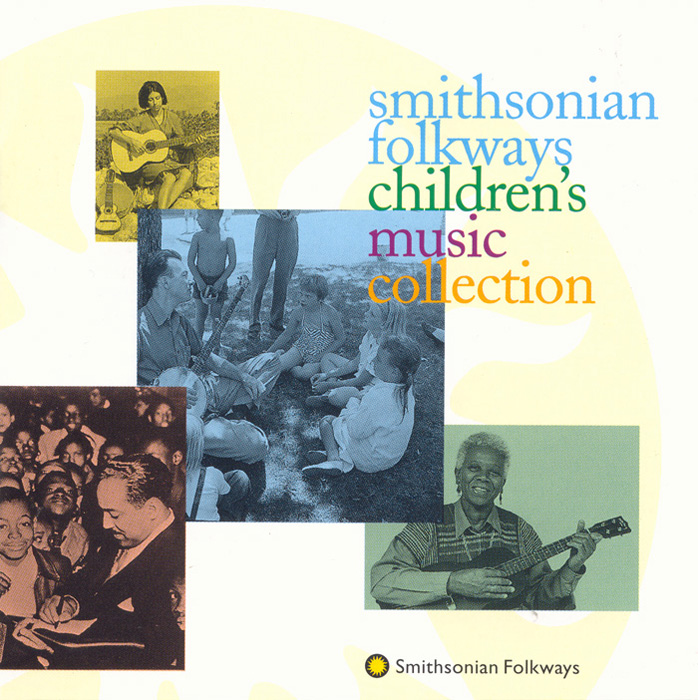But Bob Dylan's electrifying turn to rock instrumentation aroused my curiosity. And then, sitting in the parking lot at Orange Coast College waiting for class one day, I heard "Paint It, Black." I rushed out and bought "Aftermath." It was the first rock album I ever bought.
Saturday, May 30, 2020
My Musical Journey. Part 6: Aftermath.
But Bob Dylan's electrifying turn to rock instrumentation aroused my curiosity. And then, sitting in the parking lot at Orange Coast College waiting for class one day, I heard "Paint It, Black." I rushed out and bought "Aftermath." It was the first rock album I ever bought.
Saturday, May 23, 2020
My Musical Journey. Part 5: The Times They Are A'changing.
Friday, May 22, 2020
My Musical Journey. Part 4: Giant Steps--John Coltrane
I had listened to jazz fair amount when I discovered Coltrane in my mid-teens. "Giant Steps" was the first album of his I listened to and it really opened my mind and my ears to what jazz was about. “Coltrane says of Giant Steps that it gets its name from the fact that ‘the bass line is a kind of loping one. It goes from minor thirds to fourths, kind of a lop-sided pattern in contrast to moving strictly in fourths or in half-steps.’ Tommy Flanagan’s relatively spare solo and the way it uses space as part of its structure is an effective contrast to Coltrane’s intensely crowded choruses.” --Nat Hentoff, original liner notes. Sure the technical stuff is interesting, but what moved, and still moves me is the sheer jumping, soaring joy of it. The man had a mighty spirit and a mighty heart. I think I have every album he ever made, and I love them all, from his early more traditional efforts to his soulful cosmic wailings suffused as they are with joy and pain and rage and love. P.
Thursday, May 21, 2020
My Musical Journey. Part 3: Classical Music.
P.
Wednesday, May 20, 2020
My Musical Journey. Part 2: Soundtracks.
Here's the clip.
In my early teens, I began to buy more sophisticated soundtrack albums. It particularly loved the themes from “Exodus” and “Mutiny on the Bounty.” I then got hooked on the Bond movie soundtracks — “From Russia With Love,” “Goldfinger,” and “Thunderball.” I especially loved the Jamaican-influenced soundtrack from “Dr. No,” which led me to calypso music and Harry Belafonte and set up my later attraction to reggae music.
My Musical Journey. Part 1: Folkways Records
I’ve been thinking a lot about music during this long period of isolation. Specifically, about the music I’ve discovered over the years that has changed and shaped my musical tastes. Over the next days and weeks, I’d like to share my musical journey and I’d love to hear about yours.
As a kid I had a small portable record player in my room that played 78 and 45 rpm records.
The first records I remember playing were children’s songs from a series of records put out by the Folkways label. My mom subscribed to the series, and once a month I'd get a new record. The songs were mostly classic folksongs like “Polly Wolly Doodle” and “Oh, Susanna.” Folkways had a decidedly leftist bent, so there were also a lot of work songs like “I’ve Been Working on the Railroad.” Woody Guthrie sang “This Land is Your Land.” Pete Seeger sang “All You Lucky Campers” and “Blow Ye Winds.”
As I got older, I graduated to 33 rpm and started listening to folk music and protest songs.
P.




